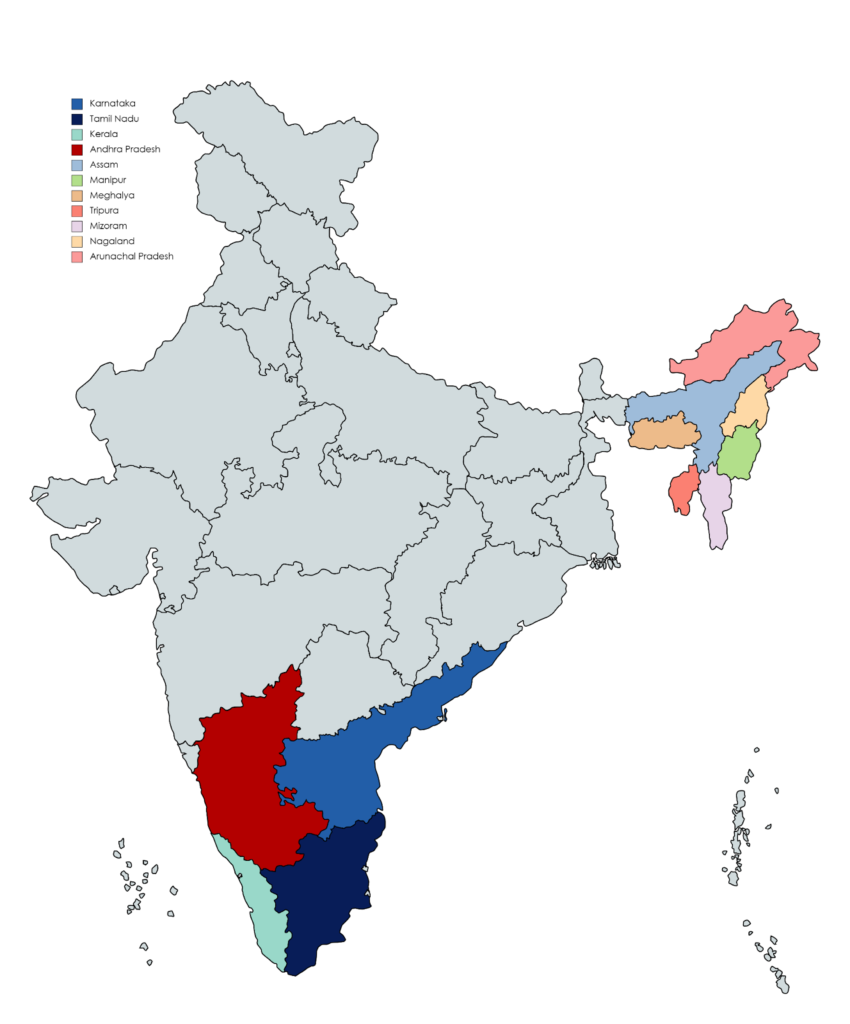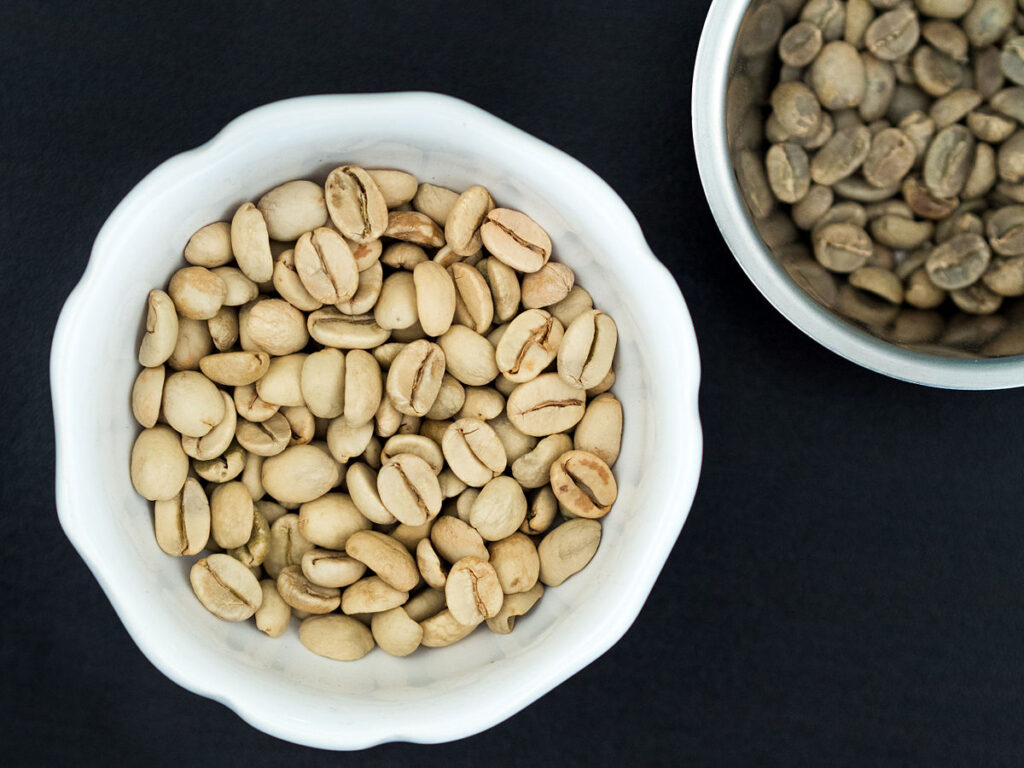
Indian Coffee: A Beginning With A Twist

The Beginning of the Indian coffee began in the late 1600s. Legend has it, a holy man named Baba Budan smuggled seven coffee beans back from Mecca, defying a ban on taking them out of Arabia.
Source: https://www.pinterest.com/pin/37154765645629213/
He planted them in Karnataka’s Chandragiri hills, and coffee took root.
The Dutch helped spread coffee cultivation, but it wasn’t until the British arrived in the 1800s that large-scale coffee farming took off.
Initially, Arabica beans dominated, but a disease outbreak forced many farms to switch to the hardier Robusta or even hybrids.

Source: An exhibition on the history of coffee.
India might not be the top dog in coffee production (ranking 6th globally). While they export most of their coffee (around 70%), they focus on Robusta beans (70%) with some Arabica (30%) mixed in.
How to Drink Coffee The Indian Way
India’s coffee scene is a young trend. It’s all thanks to young people who are making coffee shops their new hangout spot.
These trendy cafes, with their inviting ambience and air conditioning, are a far cry from the traditional way Indians enjoyed coffee.
But even though the cafes are new, India has a long history with coffee – the recipes they use for brewing and even how they like to drink it are centuries old!
Indian Filter (Kaapi) Coffee

Source: https://www.pinterest.com/pin/37154765645629213/
The dabarah saucer acts as a cooling cradle for the steaming hot filter kaapi poured in a metal tumbler.
This South Indian staple is a potent brew made by slowly dripping hot water through finely ground coffee and chicory. The result? A strong, sweet, and super hot coffee topped with a layer of frothy goodness.
India’s Coffee Beans Growing Regions and Flavour Profiles
Most Indian coffee (between 70% and 99%) comes from small farms of less than 10 hectares, following the tradition of the southern states – Karnataka, Kerala, and Tamil Nadu.
Recently, coffee cultivation has spread to new areas like the Eastern Ghats (Andra Pradesh and Orissa) and even the northeastern states (Assam, Manipur, Meghalaya, etc.).
Flavour From The Land of The Monsoons
Indian coffee leans into the earthy side, kind of like some Indonesian coffees.
Their Arabica beans are known for being medium-bodied with a lingering aftertaste.
Expect a hint of spice in the aroma, along with some woodsy and earthy notes. But it’s not all dirt and bark! Caramel and chocolate flavours are also common flavours from Indian coffee beans.
The main coffee varietals cultivated are:
Cauvery – A descendant of the Bourbon bean.
Kent – This variety started as a mutation of the Typica bean.
Arabica – The most common Arabica varieties are Bourbon, Typica, and Heirloom.
Selection 795 – Created in the 1940s by crossing Kent with another variety.
Selection 9 – This one comes from crossing an Ethiopian bean called “Tafarikela” with a natural mix of Arabica and Robusta beans.

Source: Coffee growing regions of India
Wait…There’s more
India’s coffee scene has a unique hero: Monsooned Malabar coffee. This special brew, now a protected term, is a must-try if you want to understand Indian coffee.
Back in the day, Monsooned Malabar was an accident. Coffee beans on their way to England by ship got caught in monsoon weather along the Malabar Coast.
The wind and rain made the beans swell up and turn pale.
Who knew that getting soaked would be a good thing? Today, the process is carried out in a controlled environment.
They mimic the old “monsoon treatment” by using a name I coined the “exposure therapy”. This results in a coffee with a full body and a flavor profile that’s all about earth, wood, chocolate, spice, and nuts.

Source: Unroasted Monsooned Malabar arabica beans
Read our similar blog post on Brazilian Coffee.
- Rwandan Coffee: From Farmer to Fairtrade. - August 8, 2024
- The Rise of Coffee in Thailand - August 1, 2024
- Kenyan Coffee: From Colony to Connoisseur. - July 25, 2024



No Comments